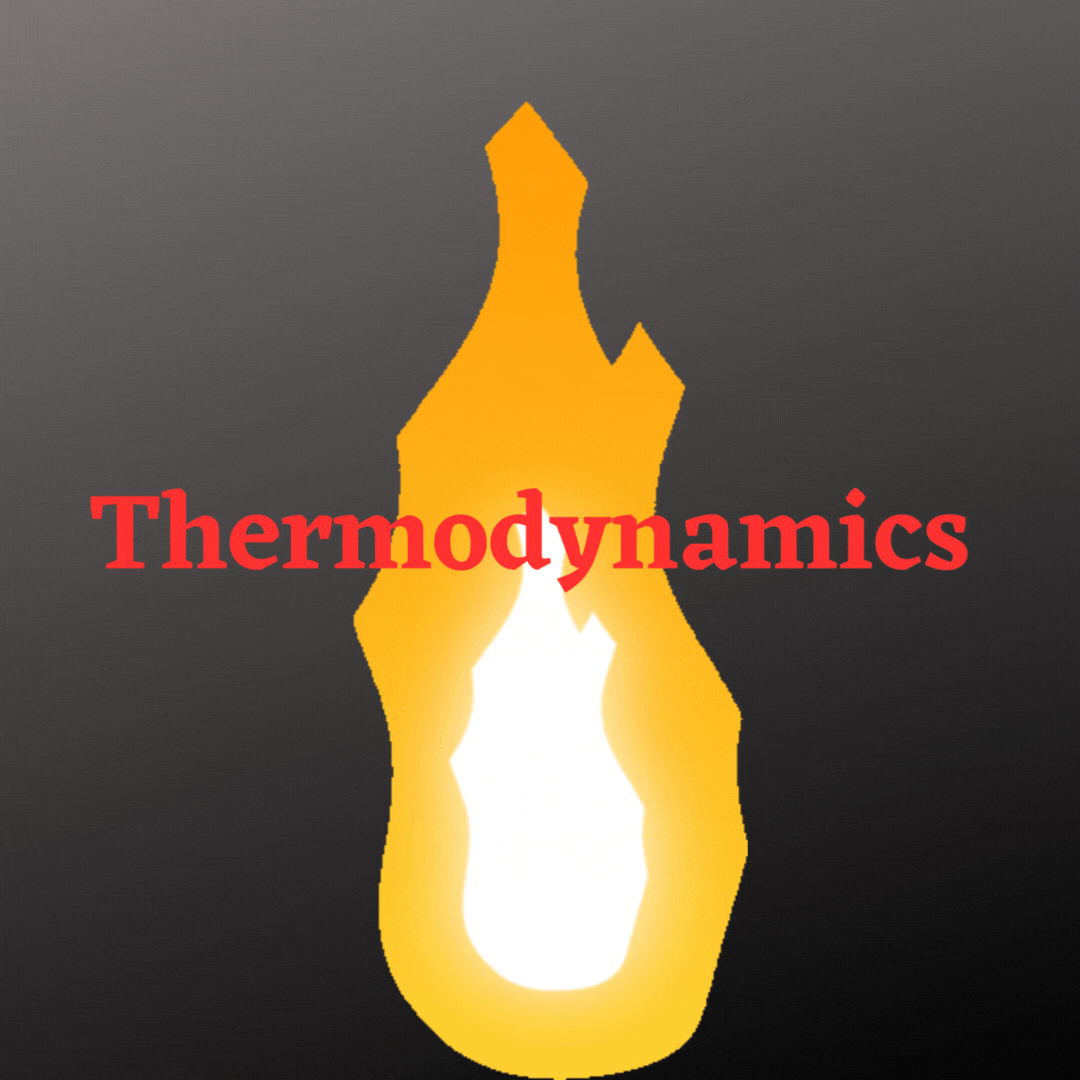Class 9 | TN State Board Science
Key Concepts
Atomic Structure:
- An atom is the smallest unit of an element.
- It consists of a nucleus (protons and neutrons) and electrons orbiting the nucleus.
- Protons have a positive charge, neutrons have no charge, and electrons have a negative charge.
Periodic Table:
- The periodic table is a tabular arrangement of elements based on their atomic number.
- Elements are organized in rows called periods and columns called groups.
- Elements in the same group have similar chemical properties.
- Elements in the same period have the same number of electron shells.
Atomic Number (Z):
- The atomic number is the number of protons in an atom’s nucleus.
- It determines an element’s identity.
- Elements are arranged in the periodic table in order of increasing atomic number.
Atomic Mass (Atomic Weight):
- The atomic mass is the average mass of an element’s isotopes, taking into account their abundance.
- It is measured in atomic mass units (amu).
Valence Electrons:
- Valence electrons are the electrons in the outermost energy level (shell) of an atom.
- They play a crucial role in chemical reactions and bonding.
- Elements in the same group have the same number of valence electrons.
Chemical Bonding:
- Atoms bond to achieve a stable electron configuration.
- Types of bonding include covalent (sharing electrons), ionic (transferring electrons), and metallic (sea of electrons).
Periodic Trends:
- Atomic size generally increases down a group and decreases across a period.
- Ionization energy (energy needed to remove an electron) increases across a period and decreases down a group.
- Electronegativity (tendency to attract electrons) increases across a period and decreases down a group.
Noble Gases:
- Group 18 elements (Helium, Neon, Argon, etc.) are noble gases.
- They have a full valence electron shell, making them stable and unreactive.
Alkali Metals:
- Group 1 elements (Lithium, Sodium, Potassium, etc.) are alkali metals.
- They are highly reactive and have one valence electron.
Halogens:
- Group 17 elements (Fluorine, Chlorine, Bromine, Iodine, etc.) are halogens.
- They are highly reactive nonmetals and need one more electron to achieve a full valence shell.
Transition Metals:
- Groups 3-12 elements are transition metals.
- They have varying valence electrons and are often used in alloys.
Metals vs. Nonmetals:
- Metals are generally shiny, conductive, and malleable.
- Nonmetals are usually dull, poor conductors, and brittle.
Metalloids:
- Metalloids (e.g., Silicon, Boron) have properties between metals and nonmetals.
- They are often semiconductors.
Fill in the Blank Questions
Answer the following fill in the blank questions.
- The __ is the smallest unit of an element.
- Protons have a __ charge.
- Elements in the same group have similar __ properties.
- The atomic number of an element is the number of __ in its nucleus.
- Elements are arranged in the periodic table in order of increasing __ number.
- Valence electrons are found in the __ energy level of an atom.
- Ionic bonding involves the __ of electrons.
- The trend of atomic size generally __ across a period.
- Noble gases have a __ valence electron shell.
- Alkali metals are found in __ 1 of the periodic table.
- Halogens are highly reactive nonmetals in __ 17.
- Transition metals are typically found in __ 3-12.
- Metals are good __ of heat and electricity.
- Nonmetals are often __ conductors of electricity.
- Metalloids have properties that are intermediate between __ and nonmetals.
- The atomic mass of an element is measured in __.
- Electronegativity increases __ a period.
- The second period of the periodic table has __ energy levels.
- __ is a noble gas used in balloons for buoyancy.
- Boron is an example of a __.
Key
Verify your answers.
- Atom
- Positive
- Chemical
- Protons
- Atomic
- Outermost
- Transfer
- Decreases
- Full
- Group
- Group
- Groups
- Conductors
- Poor
- Metals
- Atomic mass units (amu)
- Across
- Two
- Helium
- Metalloid


